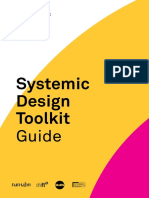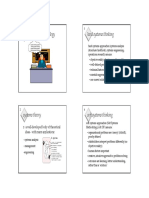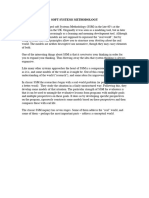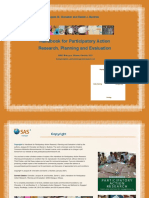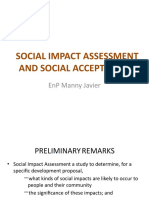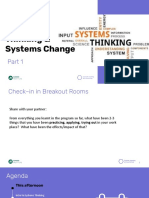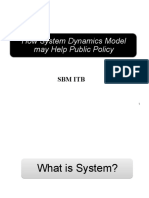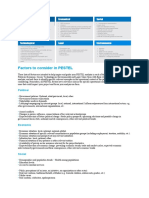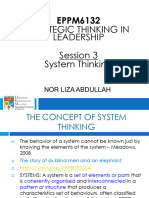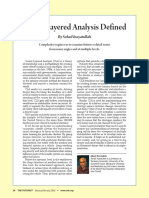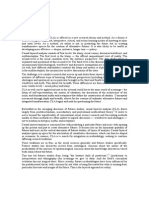0% found this document useful (0 votes)
4 views41 pagesSDC SystemicDesign Session2
The document outlines a session focused on systemic design for addressing complexity through techniques like Framing and Listening. It introduces tools such as Rich Context and Actors Map to understand the system and its dynamics, as well as methods for conducting interviews and analyzing results. The session emphasizes the importance of engaging with participants to gain insights into the factors influencing the system and to identify potential pathways for change.
Uploaded by
Adrian SchmidCopyright
© © All Rights Reserved
We take content rights seriously. If you suspect this is your content, claim it here.
Available Formats
Download as PDF, TXT or read online on Scribd
0% found this document useful (0 votes)
4 views41 pagesSDC SystemicDesign Session2
The document outlines a session focused on systemic design for addressing complexity through techniques like Framing and Listening. It introduces tools such as Rich Context and Actors Map to understand the system and its dynamics, as well as methods for conducting interviews and analyzing results. The session emphasizes the importance of engaging with participants to gain insights into the factors influencing the system and to identify potential pathways for change.
Uploaded by
Adrian SchmidCopyright
© © All Rights Reserved
We take content rights seriously. If you suspect this is your content, claim it here.
Available Formats
Download as PDF, TXT or read online on Scribd
/ 41


